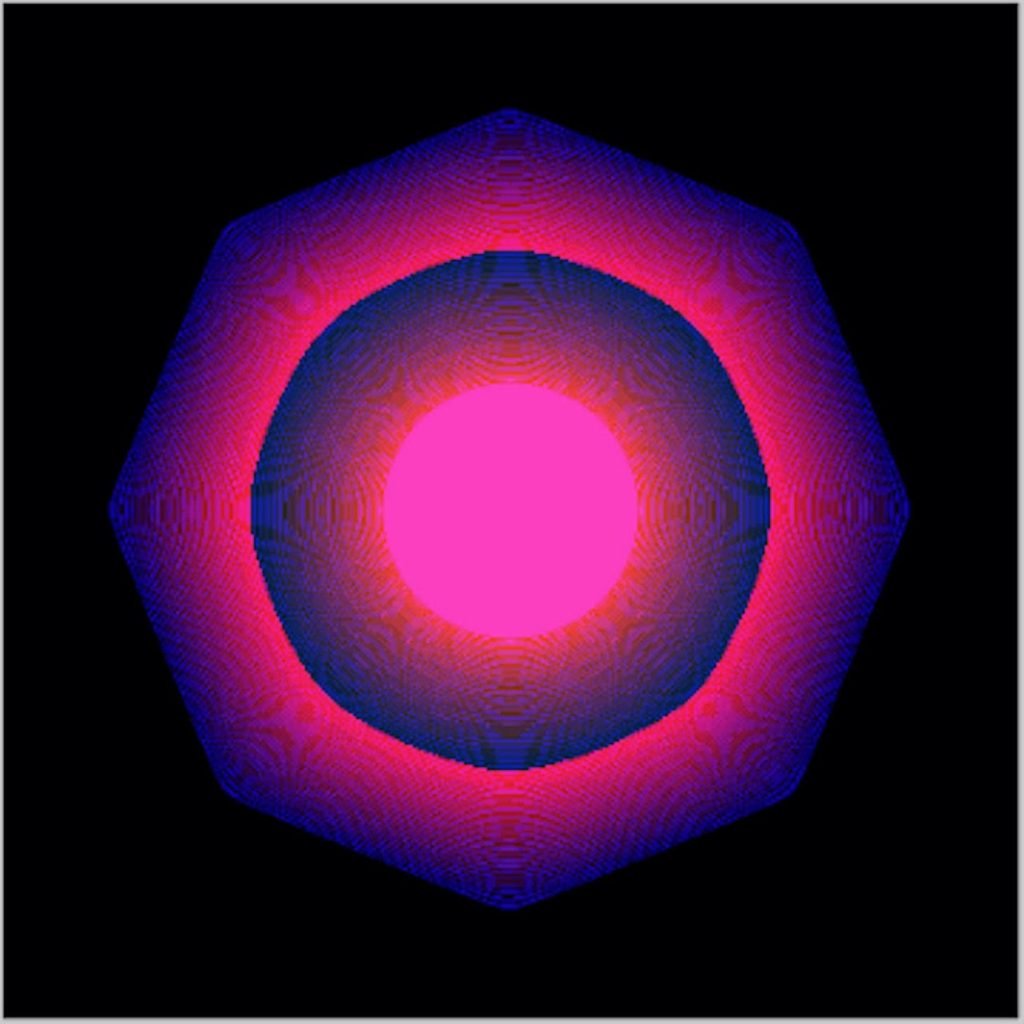Jennifer and Kevin McCoy are no strangers to an American roadtrip. As West Coast natives living in Brooklyn, the artist couple are experienced cross-country drivers and it’s clear the expansive landscapes made an impression.
Each of the 310 collages including Earth Sea and Skythe McCoys’ first joint NFT collection which launched on April 6 (and is now sell), reads like a spellbinding memory of a transcontinental journey. It’s all there – the tawny plains of the Midwest, the cotton candy clouds, the cascading cliffs, the cheap roadside accommodations, the snow-capped mountains – only they aren’t sun-tinted Polaroids out of a shoebox and digitized, but the products of an AI art generator.
The works begin with collages, the McCoys tracing shapes and forms with edges that bear a roughness, as if ripped from a magazine. For guidance, the pair pored over photographs by Ansel Adams, the godfather of American landscape photography, noting structures and patterns that appealed.

Jennifer and Kevin McCoy, 06 Earth 54 Mountains 35 Sea 37 Sky 28 Trees (2023). Photo courtesy of Artwrld and the artists.
The McCoys used Stable Diffusion to generate hundreds of landscapes using prompts spanning all 50 states such as “Stormy Seas off the Alabama Coast” or “Sky Over the Desert Near Las Vegas “. They sorted them into one of five topographies: land, sea, sky, trees, and mountains, then methodically filled in their cut-out landscapes. Finally, they animated some images using simple panning techniques, ones that visually echo the experience of looking out the car window on a long drive.
To look at one of their collages is to recognize an unrecognizable landscape, to see all of America and nowhere.
“We are turning our attention to the latest AI image generation tools,” the McCoys told Artnet News. “We want to connect the earlier aesthetic sensibilities with the new type of image which is essentially a statistical image, an ‘average’ image created by mathematics.”

Jennifer and Kevin McCoy, 83 Land 56 Mountains 30 Sea 26 Sky, (2023). Photo courtesy of Artwrld and the artists.
The McCoys are far from the first creatives to merge the two hottest recent phenomena in the art world – AI-generated images and NFTs – but the timing and choice of Artwrld as a platform, proof of the thinking behind Earth Sea and Sky. Let’s not forget, Kevin McCoy is widely credited with hitting the first NFT, Quantum, in 2014, which later sold for $1.47 million at Sotheby’s in 2021, and the couple have often spoken of their faith in Web3 and cryptocurrency.
Despite such a pedigree, the McCoys have been thrifty with their NFT drops and have now chosen to do so on a platform devoted to collaborating with artists on thoughtful projects. Artwrld has only released five projects since launching in early 2022. Each Artwrld project benefits a non-profit organization chosen by the artist, with the McCoys allocating 10% of primary sales and 1% of secondary sales to Rhizome, an organization that promotes digital artists through commissions. and scholarships.

Kevin McCoy, Quantum (2014). Courtesy of Sotheby’s.
This attention extends to the McCoys’ approach to AI-generated imagery, which has caused considerable turbulence given their lack of oversight and the threat they represent to working artists.
“The rapid progress made in recent years [in A.I.] hint at the impacts these systems will have,” the McCoys said. “Engaging with an AI model to produce an outcome is a very arcane process, even for the scientists who created the model.”
In a playful conceptual flourish, the McCoys liken the opaque process by which a prompt typed into a generator creates an image to wilderness. The goal, as the McCoys describe it, was to connect the desert of image-making in the 21st century to the physical one into which American artists of the previous 200 years had ventured to paint and photograph.
The wilderness they present is both stunning and unsettling.
Follow Artnet News on Facebook:
Want to stay one step ahead of the art world? Subscribe to our newsletter to receive breaking news, revealing interviews and incisive reviews that move the conversation forward.
